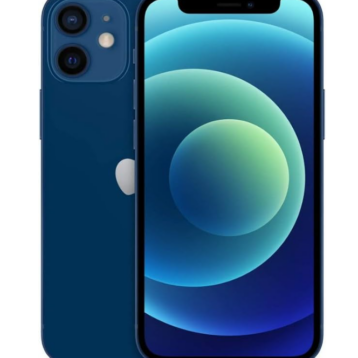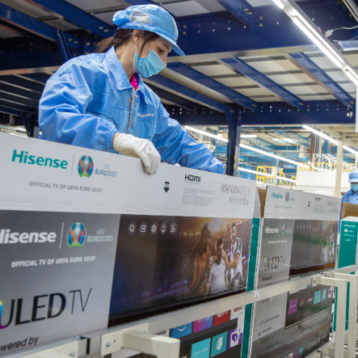As technology advances, larger TVs have gained immense demand and become more accessible, bringing the cinematic experience right into our living rooms. A popular size that has gained huge popularity is the 80-inch TV.
Let’s delve into the dimensions of an 80-inch TV and explore the landscape of features, considerations, and trends that accompany these hd screen displays.
Dimensions
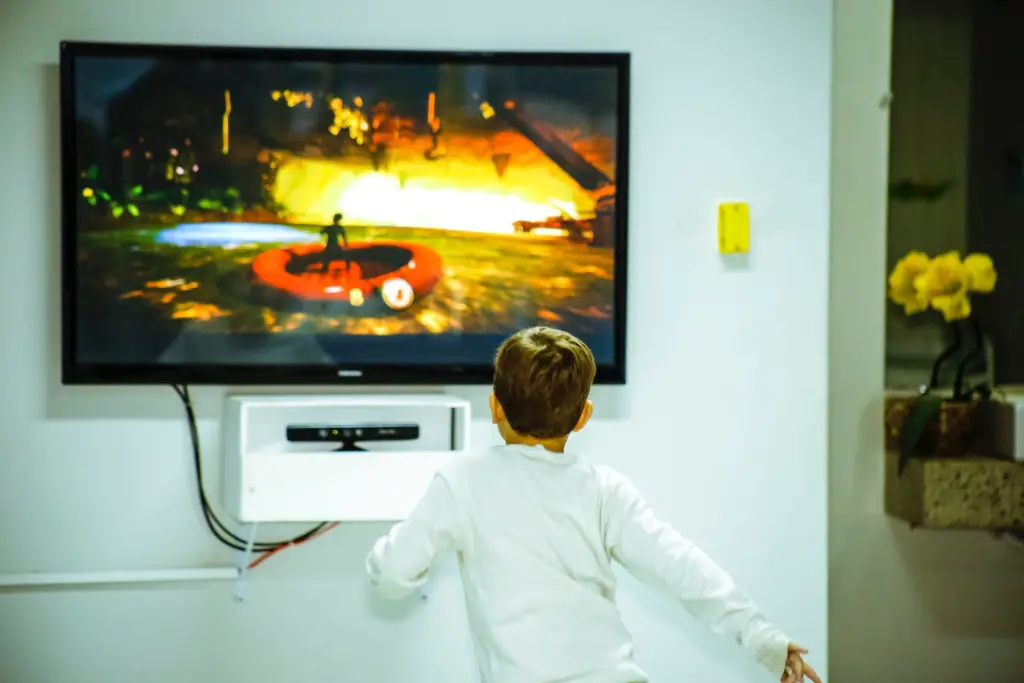
1. Understanding the Dimensions
Before we get into the specifics of an 80-inch TV, it’s important that we understand how TV dimensions are actually measured. The size of a TV is measured by the diagonal distance from one corner of the screen to the opposite corner, this does not include the frame of the TV. The measurement is measured in inches and serves as a standard unit of measurement for comparing TV sizes from different models.
2. Physical Dimensions
While the diagonal measurement is the headline, the physical dimensions of the TV itself are equally important, especially if you’re considering wall mounting or placing the TV in a specific space. The exact dimensions can vary between different models and manufacturers, but as a general guideline, an 80-inch TV might have approximate dimensions of 70 inches in width and 40 inches in height.
3. Aspect Ratio
The aspect ratio of a TV is the proportional relationship between its width and height and a key consideration related to dimensions. The most common aspect ratio for modern TVs is 16:9, which means for every 16 units of width, there must be 9 units of height. This wide format is ideal for a variety of content, including movies and television shows.
Also Read: How Big Is A 40-Inch TV? 40 Inch TV Dimensions
Exploring The Key Features
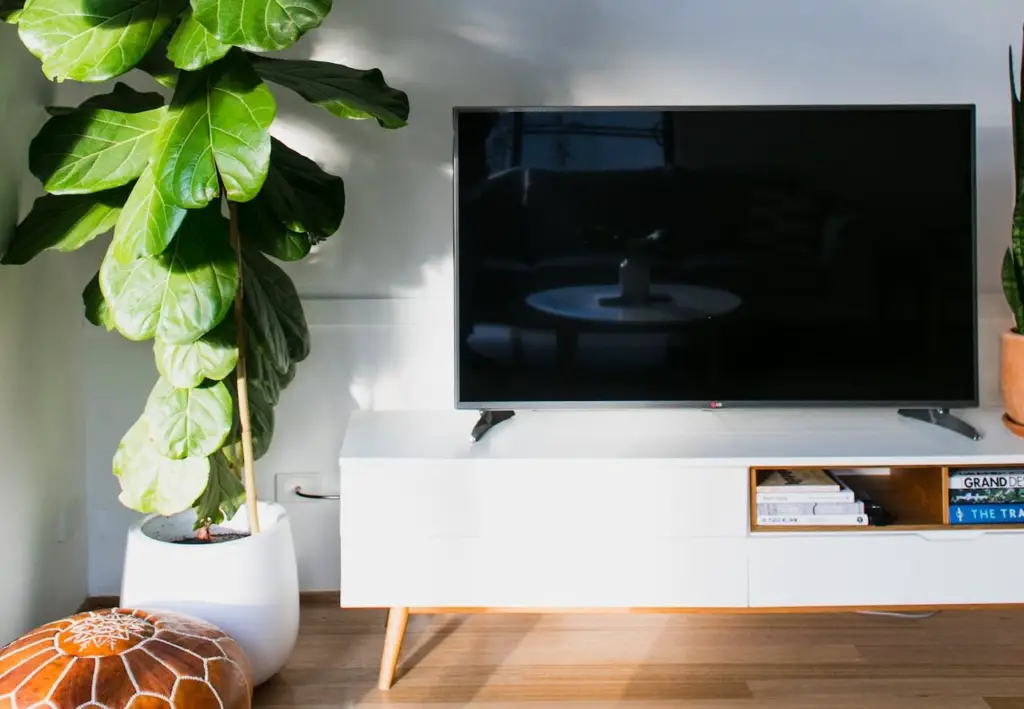
There is no denying that size is one of the main things we take into consideration when it comes to choosing the perfect TV. But a big size TV with no proper feature to enhance the viewing experience is a waste of your money. So, let’s explore some of the features that make 80-inch TVs stand out in the competitive current market.
Resolution
The resolution of a TV determines the clarity, color saturation and sharpness of the images it displays. With an 80-inch TV, you’ll often find high-resolution options, such as 4K or even 8K. 4K resolution provides four times the number of pixels as standard HD (1080p), which will provide you an even more detailed and immersive viewing experience. If you’re an hardcore fan of cutting-edge technology, 8K resolution will take step further and top your charts offering an unparalleled level of detailing.
Also Read: What Are the Dimensions of a 65-inch TV?
Smart TV Capabilities
Modern 80-inch TVs do not just provide an amazing viewing experience but are smart devices that can connect to the internet and make you step into the world of digital media platforms with its impeccable online features. Smart TVs provide you access and allow you to stream content from popular services like Netflix, Hulu, Amazon Prime amongst others, directly by eliminating the need for additional streaming devices. They also come with voice control features and app stores, providing a seamless and intuitive user experience. You can link your phone to the TV or sign in to your account on Smart TV and stay connected, it’s as simple as that with the current technology.
High Dynamic Range (HDR)
HDR technology enhances the contrast and color range of a TV, delivering more vibrant and lifelike images. With an 80-inch TV that supports HDR, you can enjoy content with a wider spectrum of colors and greater detail in both bright and dark scenes. Popular HDR formats include HDR10, Dolby Vision, and HLG (Hybrid Log-Gamma).
Refresh Rate
The refresh rate of a TV is the number of frames per second it can display. A higher refresh rate results in smoother motion, making it very important for fast-paced content like sports and action movies as you have the opportunity to see content in its true raw form with all the details. Many 80-inch TVs come with a refresh rate of 120Hz or higher, ensuring a smooth and enjoyable viewing experience.
Also Read: How Big Is A 32 Inch TV: Dimensions, Size, And Price
Considerations Before Purchase

While the 80-inch TV can be liked by most people for its features, individual preferences, space aesthetic and viewing distance. To get your money’s worth and enhance the overall viewing experience, let’s take a look at things we need to take into consideration before the purchase of an 80-inch TV .
1. Viewing Distance
The size of your room and the distance from which you’ll be watching the TV play a crucial role in determining the optimal screen size. For an 80-inch TV, a recommended viewing distance might be around 8 to 12 feet. This ensures that you can fully appreciate the immersive experience without straining your eyes.
2. Space/ Layout
Take into consideration the layout of your room, especially if you plan to mount the TV on a wall. Ensure that there’s sufficient space and that the placement allows for comfortable viewing angles from various seating positions. Choose a suitable wall mount or TV stand that fits the room’s aesthetic design.
3. Compatibility with Furniture
If you have existing furniture, make sure they can accommodate the size and weight of an 80-inch TV. Measure the available space and check the TV’s dimensions, including its stand if applicable, make sure to recheck twice so as to not miss on it.
4. Budget
While the prices of TVs have become more competitive because of their larger sizes, higher resolutions, and advanced features, it’s very important to set a budget before you start your search and weigh the cost against the features that matter most to you. Be sure to buy what you need and not get swayed by the features that the Smart TV has to offer.
Also Read: How Big is 55 Inch TV?: 55-inch TV Dimensions
Conclusion
In the world of home entertainment, an 80-inch TV stands as a testament to the incredible advancements in display technology. With its expansive screen, high resolution, and advanced features, it offers a cinematic experience within the comfort of your own home. As technology continues to advance, we can expect even more exciting developments in the fields of large-screen TVs. Let us wait and see what the future holds and where it takes us.


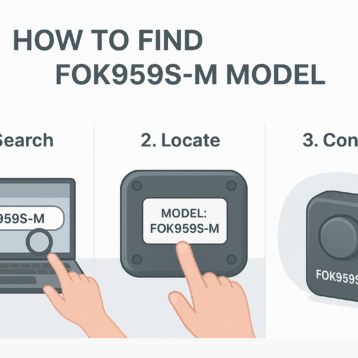




![How to Reset Insignia TV [Step-By-Step Guide]](https://thefutureofthings.com/wp-content/uploads/2025/01/Insignia-Roku-TV-358x358.png)
